Microscopes
The microscope is an optical device used to look at very small objects that the human eye cannot see. This instrument has a great ability to approach, so that it makes it possible to visualize, analyze and study particles. For this reason, it is an indispensable piece in any laboratory that is dedicated to the research or study of clinical samples.
Since the creation of the microscope in 1590 by Zaccharias Janssen and its improvement by Robert Hooke in 1655, great advances in science and medicine have originated, starting with Leeuwenhoek, who described red blood cells and sperm, thus becoming the father of microbiology today. Likewise, thanks to the invention of this equipment, protozoa, cells, bacteria, viruses, among others, could be described.
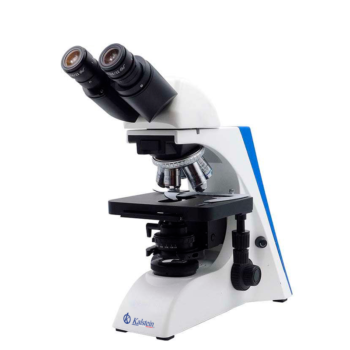
Types of Microscopes a Laboratory may need
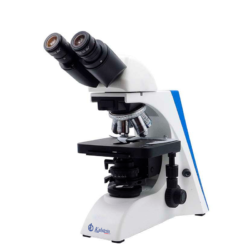
Binocular Biological Laboratory Microscope YR05789 – YR05790
Head Upgrade to large size with eyepiece tube dia.30.30mm.Eyepiece upgrade to dia.30mm Diopter adjustable...
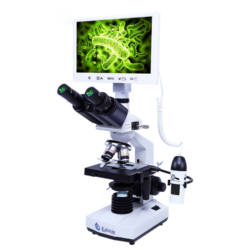
Biological + USB Portable Dual Lens Digital Microscope YR05783 // YR057860
Teaching Head, WF10x, WF16x, Quarduple, Ach. 4x10x40x100x, Mechanical Stage 115x125mm, Coaxial Focusing...
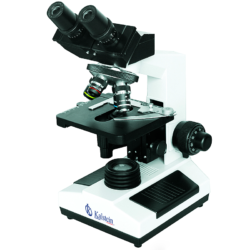
Binocular Student Biological Microscope YR0242 // YR0242-1
Anti-mould System Head Available.195mm Achromatic Objectives, Mechanical Tube Length 160mm...

Binocular Laboratory Microscope YR0254
Its classification is related to its uses and the type of laboratory. In this case, we present you the model Zoom Stereo Microscope YR0254. The best option for you and your...
Our best-selling Laboratory scale
Its classification is related to its uses and the type of laboratory. In this case, we present you the model Zoom Stereo Microscope YR0254. The best option for you and your laboratory. A stereo microscope provides a lower magnification than compound microscopes. This instrument is also known as a dissecting microscope. This type of microscope magnification usually ranges from 5x to 80x and the images are in three dimensions rather than a flat image.
It is a variant of the common optical microscope, which is designed for the observation of a sample at low magnification. In these cases, the operator uses the light reflected from the surface of an object instead of transmitting it through it. This device uses two separate optical paths that produce a three-dimensional view of the sample being examined.
| Model | YR0254 | |
| Head | Binocular, Inclined 45°, Interpupillary Distance 55~75mm | o |
| Trinocular, Inclined 45°, Interpupillary Distance 55~75mm | ||
| Eyepiece | Extra Wide Field EW10x/22mm, High Eyepoint, Diopter Adjustable | |
| Zoom Objective | 0.8x~5x | |
| Zoom Ratio | 01:06.3 | |
| Working Distance | 115mm | |
| Stand | Track Stand, With Glass Pate Dia. 125mm | |
| Illumination | Up & Down LED Light, Brightness Adjustable | |
| Power | 100~240V Wide Range Voltage | |
| Zoom Stereo Microscope Optional Accessories | ||
| Eyepiece | WF15x/16mm | YR0254-op1 |
| WF20x/12mm | YR0254-op2 | |
| WF30x/ | YR0254-op3 | |
| EW10x/20 Retical Eyepiece, With Cross Hair | YR0254-op4 | |
| Auxiliary Lens | 0.5x, W.D.220mm | YR0254-op5 |
| 0.7x, W.D.113mm | YR0254-op6 | |
| 2x, W.D.45mm | YR0254-op7 | |
| Adapter | Photo Adapter | YR0254-op8 |
| 0.5x C-Mount | YR0254-op9 | |
| 1.0x C-Mount | YR0254-op10 | |
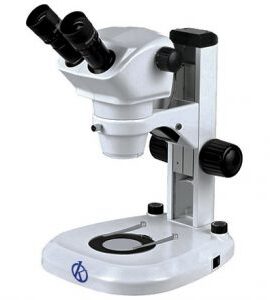
Analysis of the Microscope for your Laboratory

What kind of lighting is used in optical Microscopes?
Lighting is a vital component to obtain the best possible image quality with an optical microscope. The type of illumination used in ...
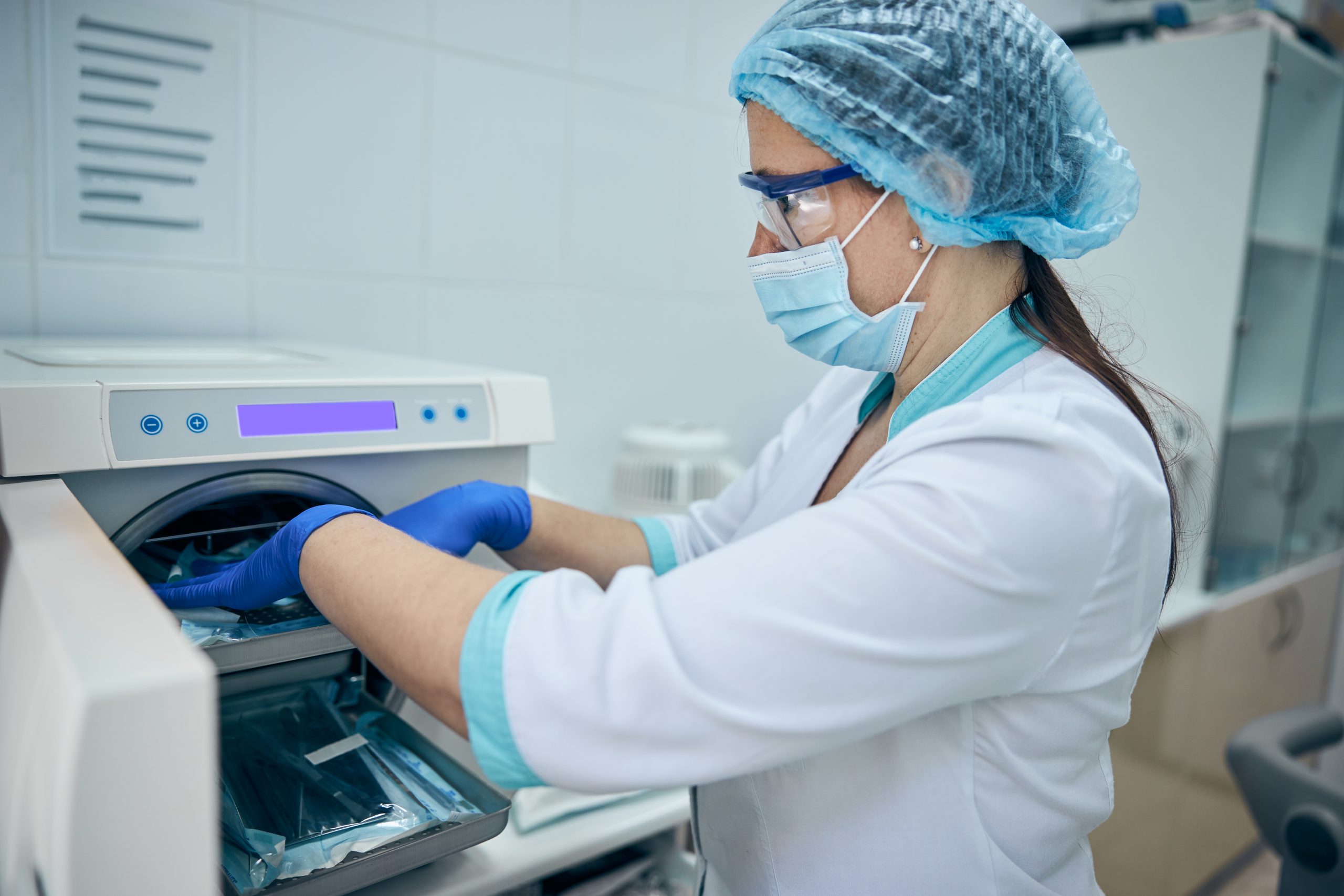
What are digital Microscopes?
They are a type of microscope whose distinctive feature is the presence of a digital camera that replaces the eyepiece, that is, with this...
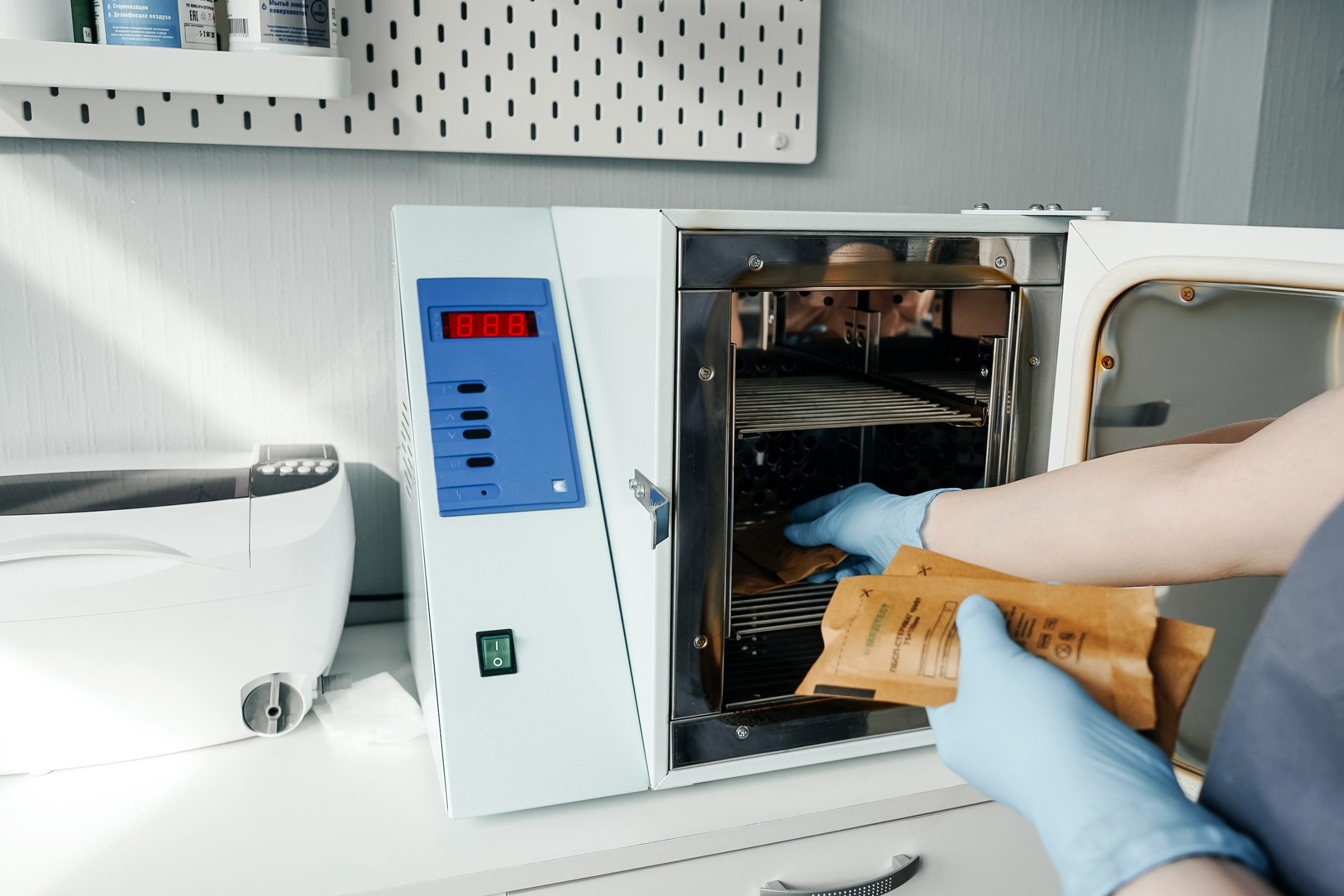
Microscopes and Technical Service
We will epistemologically define the word microscope; Micro which means small and scopio which means to...

How to remove fungi from our Microscopes?
Microscopes are essential equipment in any laboratory, some are very simple while others are more complex...
Catalog of Microscopes models on offer
What is an Ecological Microscope?
The microscope is an instrument that increases the size of an image and allows you to see more details than would be possible to see with the naked eye. There is a wide variety of...
What are the parts of a Microscope? -Laboratory
An optical microscope is an instrument by which we can observe elements or structures that cannot be observed with the naked eye, through the use of lenses, viewfinders...
What is a Stereoscopic Microscope? -Laboratory
Initially, the use of the stereoscopic microscope is employed to make studies of very tiny samples, to be analyzed with the naked eye, from another larger perspective, under the compound microscope....
How to remove fungi from our Microscopes?
Microscopes are essential equipment in any laboratory, some are very simple while others are more complex equipment; however, they are all made up of many parts that require proper maintenance..,
Working Microscope
The microscope is a computer through which we can observe elements or structures that cannot be observed with the naked eye, by using lenses, viewfinders and rays of light, which approach or enlarge the image at scales suitable for examination and subsequent analysis. As high precision instruments, it is necessary to emphasize their care and maintenance in order to maintain the integrity of each of its components.
As with any laboratory instrument, they must be adjusted for optimum performance, protected from damage and regularly maintained. The care of microscopes is particularly important in areas where dust is abundant, it is essential to cover them when they are not used, and when cleaning the soil, to avoid damage.

Frequently asked questions about the Microscopes
How to know the prices of the Microscopes?
To know the price of the Microscopes we invite you to send us an email with your request through the contact form.
What are the delivery times for the Microscopes?
The delivery time of your Kalstein product will depend on the following:
- If the equipment of your interest is in stock or if on the contrary it should be manufactured.
- The type of freight you have chosen may be; air or sea.
- Equipment in stock:
– Delivery Time (Aereo): 15-30 days.
– Delivery Time (Maritimo): 45-60 days.
- Equipment not in stock:
– Delivery Time (Aereo): 30-60 days.
–Delivery Time (Maritimo): 60-90 days.
How to make a purchase of Microscopes?
You can make your purchase through:
- By email: [email protected]
- By phone: +33 (0) 1 78 95 87 02
- Electronic commerce: Through Kalstein's official website in his country.
How does the warranty work?
At Kalstein we provide our customers with inductions and technical support through new online methods. You can visit our inductions, technical assistance and guidance videos provided by a Kalstein team through our YouTube channel (Kalstein English). HERE
Can I request a quote online?
Of course, you can request a quote for the Kalstein team of interest, directly from our official website. Once you have identified the model of your choice, click HERE
